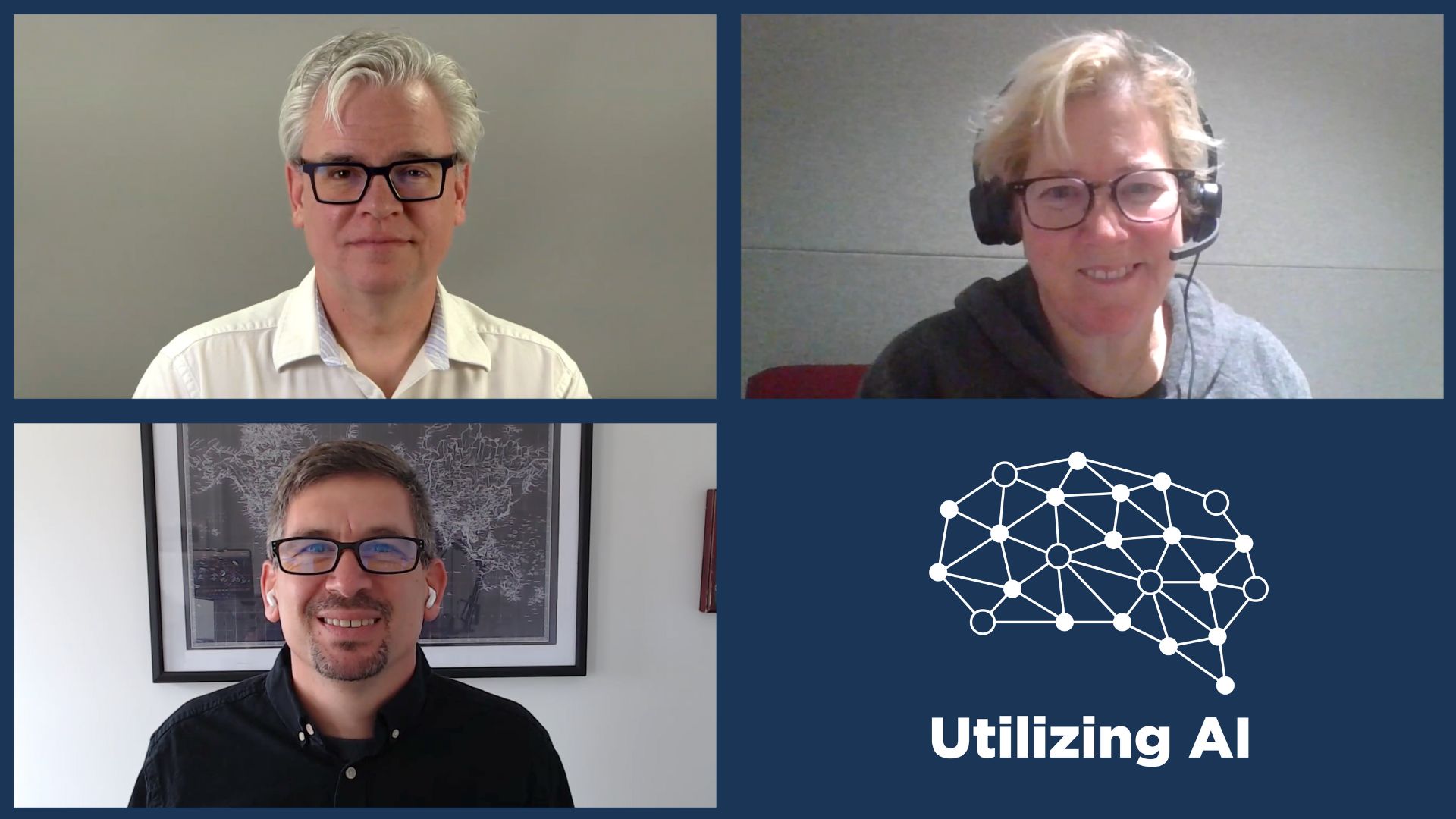I was recently commissioned by F5 NGINX to write a whitepaper to provide a roadmap for application modernization. It’s called, perhaps unsurprisingly, A Stress-Free Roadmap to Application Modernization, and you can download it here.
While I was researching and writing the paper, I realized a couple things. First, many people have distorted views of what application modernization really is (clue: it’s not synonymous with K8s). And second, many people get wrapped up in implementation details before addressing the key documentation, planning, cultural shifts, and process improvements tasks that are needed up front to ensure that your efforts don’t end up in the alarmingly large statistic of failed attempts. What follows are some highlights from the paper to get you started thinking about how to modernize your applications without all the stress.
Application Modernization Defined
Some people hear “modern application” or “application modernization” and immediately think Kubernetes. Others think “cloud.” But the truth is that virtual machines, public cloud platforms, containers, and even Kubernetes are all just tools. They are not the defining characteristic of a modern application; they are the enablers. The really important bit is a microservices architecture.
Traditional monolithic applications are defined by layers, such as front-end, back-end, web controller, and database, which communicate in memory. A modern application built using microservices is defined instead by a collection of individual services, each performing a complete but singular atomic or composite function, which communicate over a network. Using a microservices architecture creates a modular application in which each service can be developed, tested, deployed, scaled, and ultimately replaced independently of any other service. In short, microservices are the means and the method for application modernization.

What’s more, the agility, flexibility, velocity, and efficiency that a microservices architecture enables is exactly what is fueling successful firms’ “digital transformation” and more importantly, the digital experiences that customers now expect. If you have to refactor an entire monolithic application to respond to a user preference or trend, you’ll simply never keep up.
Application Modernization Challenges
Unfortunately, knowing that you must modernize your applications does not guarantee success. We’ve seen report after report confirm that digitization is a real disruptive threat, and at the same time study after study highlighting the staggering failure rate for most enterprise projects undertaken to address this changing landscape.
What’s the deal? We’ve collectively known for years that things are changing, and yet we’re still failing to successfully adapt. What’s standing in the way? For starters, many of these failed digital transformation and cloud adoption efforts have attempted to “lift-and-shift” existing monolithic applications into new platforms. That’s simply not going to produce the desired outcomes. But even those who focus on application modernization can, and often do struggle.
Luckily, all these challenges are within your control, and most simply require some pre-work to set yourself up for success.
A Roadmap Emerges
While many folks will argue all day and night about which configuration management platform or automation server to use, very few are willing to admit that the real secret to success is as boring as proper preparation. The key lies in mindful and intentional documentation, planning, cultural shifts, and process improvements around the four pillars of scale, security, observability, and governance. Scale is our goal, security our mandate, observability gives us insight, and governance provides flexible control. Spending time up front to consider your current and ideal state across all four pillars will pay dividends down the road.
The bottom line is that successful application modernization starts long before the first container is ever created.
Learn More
Want to learn more about how you can address the four pillars of scale, security, observability, and governance to set yourself up for success, before you start in on the technical details of launching a cloud instance or Kubernetes cluster?
Great!
Check out the whitepaper A Stress-Free Roadmap to Application Modernization from F5 NGINX for all the helpful details and additional context (even if I do say so myself).




